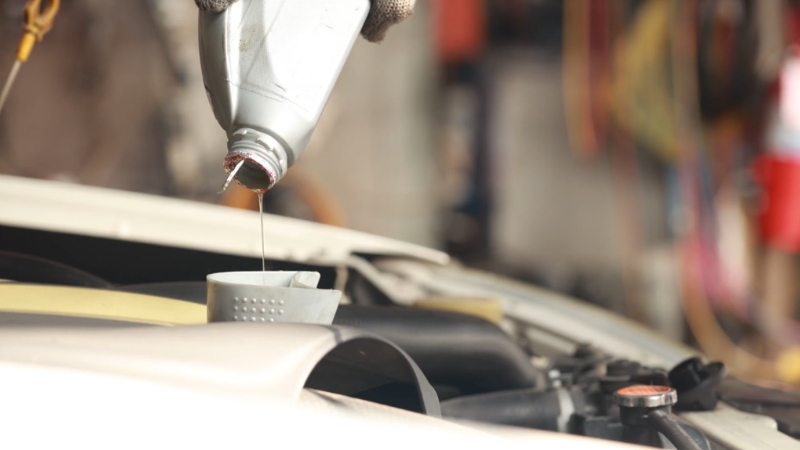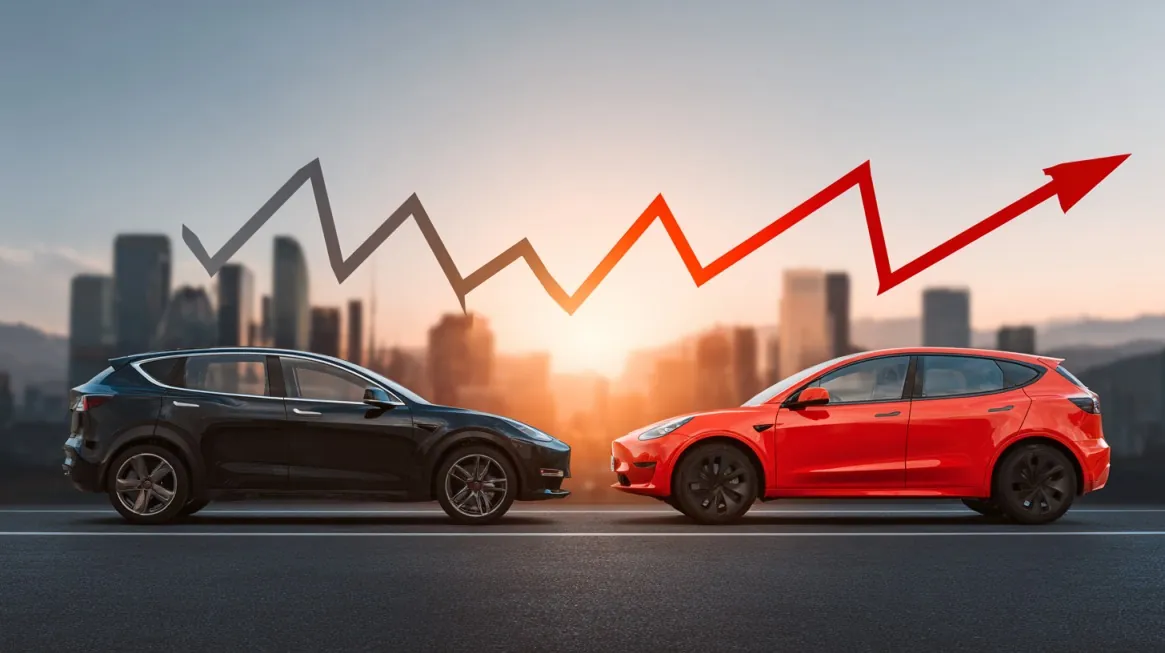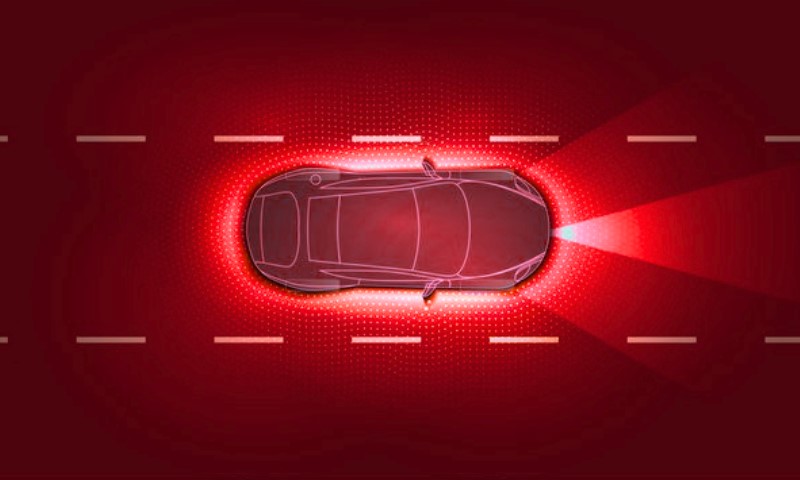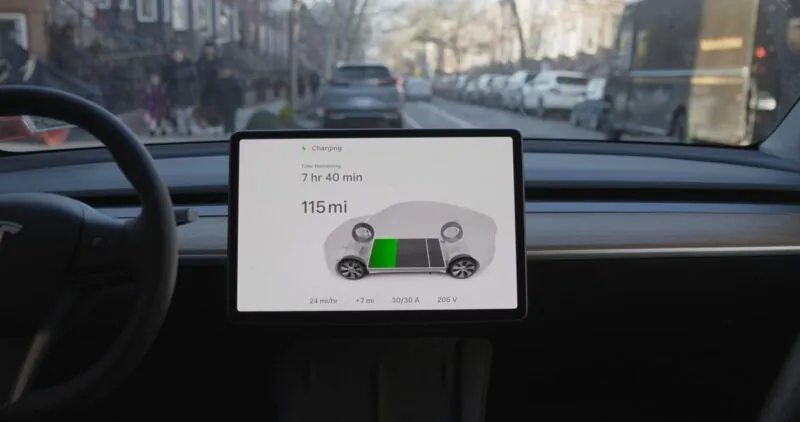
Share Post:
Curious about snagging a secondhand electric ride? Been there, done that. As a mechanic by trade, I’ve popped hoods and fiddled with plenty of EVs over the years, and it’s clear that buying a used one can feel more than a little daunting.
There’s a lot to consider: battery wear, real-world range, charging setups, and so on. The goal here is to share firsthand insights—nothing overly fancy or technical.
It’s like chatting with a buddy who has a few grease-stained shirts in the closet and some real-life experience in the garage.
Get comfy, maybe grab a coffee or tea, and let’s jump in. By the end, the hope is that you’ll feel more confident about that used EV that’s caught your eye.
Table of Contents
ToggleKey Highlights
- Battery life typically lasts 15–20 years, with warranties around 8 years/100,000 miles.
- Degradation might average about 2% per year, but usage and climate have an impact.
- Check battery SOH or get a report from a dealership or EV mechanic.
- Compare current range to original EPA ratings, keeping in mind weather and accessories can slice off up to 25%.
- Charging compatibility matters: older ports like CHAdeMO might not be common, while CCS and NACS are more widespread.
- Maintenance history reveals how well the EV was cared for. Recalls, battery replacements, or any collisions show up in vehicle history reports.
- Warranty transfers can save big bucks if the battery dips below a certain percentage of capacity.
- Incentives such as a federal tax credit of up to $4,000 for used EVs under $25,000 might be available, plus local or state-level perks.
- Take it for a thorough test drive: watch how quickly range drops, drive at highway speeds, and see how it performs in stop-and-go.
Why Battery Condition Matters
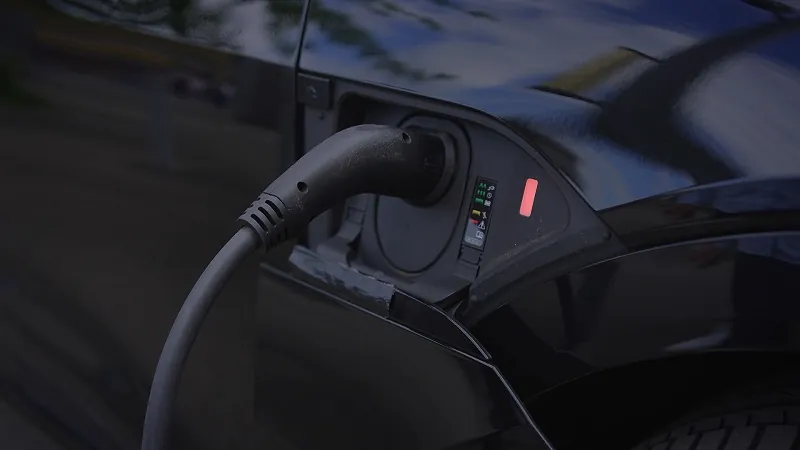
Every EV relies on a high-voltage battery pack to power the electric motor. That pack degrades over time, though it’s more robust than the little 12V battery in a typical gas guzzler.
Many automakers design battery packs to last anywhere from 15 to 20 years. That’s a long window, but it doesn’t mean capacity stays at 100% for all those years.
Capacity drops a bit each year—some sources mention an average of about 2% loss annually. Drive habits, climate, and frequent fast-charging can bump that rate up or down.
How to Check the Battery’s Health
- Request a State of Health (SOH) report: EVs often have software that reports how much capacity remains compared to when it was new. Some dealerships or EV-specific shops can pull that data for you.
- Ask about the warranty: Some brands fix or replace battery packs if capacity dips under 70%. Others may have a different cutoff.
- Consider battery age: A decade-old EV might still hold enough juice for shorter commutes, but a daily 150-mile round trip might push it to the limit.
If you spot an SOH above 90%, that’s a pretty solid sign, though an 85% figure might still be fine for lighter driving. As long as there’s a good match between your needs and the EV’s capacity, it’s worth investigating further.
Some dealerships or EV-specific shops can pull that data for you. But for a quick start, EpicVin.com lookup vin number and get an overview of the vehicle’s battery and service history.
Evaluating Range and Mileage

Gas car shoppers love to talk about mileage, but with EVs, the question is more about how many miles you can travel on a single charge.
A brand-new electric ride often boasts a certain EPA rating—maybe 200 miles, 300 miles, or more.
Over time, that number can drop. It doesn’t usually happen overnight, but a model from 2013 with a 75-mile EPA rating may now manage 65 or 70 if it’s been well cared for, or maybe less if it’s had a rough life.
What to Look For
- Compare actual range to original specs: If the dashboard says the EV gets 70 miles on a full charge and the original rating was 84, that’s about a 17% drop. Think about your daily drive. Do you need more than 70 miles total? If not, that might be fine. Factor in a 25% hit if you live in a cold climate or rely heavily on the heater or air conditioning.
- Plan for worst-case scenarios: Extreme weather, steep hills, and spirited driving can chew into range. If there’s a winter freeze, range can take a noticeable dip. Make sure there’s some wiggle room if you have a significant commute.
- Take a test drive: A short spin around the block might not tell the full story. A longer drive at different speeds can show how quickly the battery percentage ticks down.
Older EVs (like early Nissan LEAF models) were never rated super high in the range department, so losing another 10 or 15 miles could be a big chunk.
On the other hand, something like a secondhand Tesla Model 3 or Chevy Bolt might start around 220 to 250 miles, so a 20-mile loss doesn’t sting as much. It’s all about matching the vehicle’s current performance with your real-world needs.
Charging Setup and Compatibility
Plugging in an EV is different from pulling into a gas station, so it’s wise to know how you’ll charge day to day. If you’ve got a private driveway or garage, installing a Level 2 charger is one of the easiest ways to keep an EV fed.
Charging overnight usually adds anywhere from 20 to 30 miles per hour, depending on the vehicle and the charger’s capability. That’s enough to top off your ride while you snooze, so you start every morning at (or near) full range.
Key Points About Charging
- Connector type: Some older EVs use CHAdeMO for fast charging (like older Nissan LEAFs and a few others). Most newer models lean on CCS or Tesla’s proprietary NACS (North American Charging Standard). A less common port might limit rapid charging options in your region.
- Charge speed: Many EVs from a few years back top out around 50 kW on DC fast chargers, while newer ones can handle 100 kW or higher. If you plan on road tripping, that difference is huge.
- Home charging environment: If there’s no garage or dedicated parking spot, relying on public chargers is an option—just keep in mind it might be less convenient.
It helps to check local public charging stations near your usual routes. Level 3 (DC fast charging) can restore a chunk of range in half an hour or less, but not all stations have the correct plug for older EVs.
Glancing at Maintenance and History
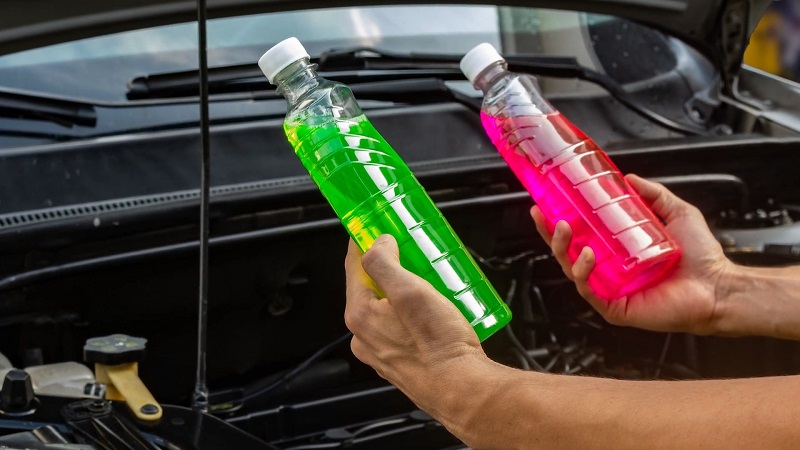
EVs don’t need oil changes, spark plug replacements, or timing belt swaps. That’s a relief, but there’s still a need for routine stuff:
- Brake service: Regenerative braking lightens the wear on brake pads, but it doesn’t eliminate maintenance entirely.
- Tires: Electric cars are heavy, so tires can wear faster if driven aggressively. Keep an eye on tread depth.
- Coolant for battery thermal management: Some modern EVs have advanced cooling systems. Check for scheduled fluid changes.
It’s helpful to see maintenance records. A full log of recommended intervals, tire rotations, and any system checks usually indicates the owner cared for the vehicle. If the prior owner replaced the main battery pack, ask for official documentation. A new battery can be a fantastic bonus, especially if it’s newer tech with improved capacity.
A quick trip to an EV-savvy mechanic for a pre-purchase inspection is worth every penny in peace of mind. Most EVs come with a separate battery warranty beyond the standard bumper-to-bumper coverage. It can be 8 years or 100,000 miles (sometimes more) that covers capacity loss or manufacturing defects. Some automakers guarantee at least 70% capacity, others might have a slightly different number.What’s the Deal with Warranties and Incentives?
Tips on Warranties and Incentives
- Double-check if coverage transfers: Many brands allow the new owner to continue the coverage, but it’s not universal.
- Certified Pre-Owned (CPO): Some dealerships offer factory-backed CPO programs for used EVs. That often includes extra warranty protections and reconditioning.
- Financial perks: In certain regions, there’s a federal tax credit that can go up to $4,000 for used EVs under $25,000 (per IRS guidelines). Local rebates or state-specific goodies might also exist.
- Check the fine print: Some incentives have income caps, or require the vehicle to be two model years old. Spending a few minutes reviewing official guidelines can result in massive savings.
Practical Steps to Finalize the Purchase
There’s more to buying a pre-owned EV than just the battery and range. A few extra steps can go a long way toward ensuring a smooth purchase:
- Obtain a thorough inspection: An experienced EV technician can scan the onboard diagnostics, look for stored error codes, check coolant lines (if present), and measure battery capacity properly.
- Go for an extended test drive: Bring it on the highway, test the acceleration, watch how many miles vanish from the gauge, and see if anything feels off.
- Ask about charging habits: Did the owner fast-charge daily, or just once in a while on road trips? Constant high-power charging can wear a battery faster.
- Check for unusual noises: Listen for clunks or buzzing around the electric motor. EVs don’t have engine noise, so any mechanical clatter might be more obvious.
If everything checks out, you might end up with a sweet ride that’s smooth, quiet, and cheap to operate in the long run.
Final Thoughts
A used EV can be a brilliant addition to the garage, offering an affordable way to experience electric driving. Battery health is crucial, so it’s smart to gather as much information as possible: gauge the current capacity, confirm the original warranty, and compare real-world range to what the manufacturer claimed initially.
If the range aligns with your driving routine, and the battery seems in decent shape, a secondhand electric car can be a solid move that helps the wallet and the planet.
All it takes is a bit of detective work—peeking into service records, testing real-world range, double-checking charge ports, and verifying any remaining warranty. After that, the open road awaits, and the hum of an electric motor is a pretty sweet soundtrack once you’ve squared away all the essentials. Safe travels out there, and happy EV hunting!
Related Posts:
- 20 Cars That Look Like Spaceships - Best Futuristic…
- Can Electric Trucks Handle the Heavy Lifting? A Look…
- How to Track Your Car's Mileage - A Step-by-Step Guide
- Driving on 0% Oil Life - How Many Miles Is Too Many?
- 11 Scenic American Drives to Take at Least Once in Your Life
- Signs Your Car Battery Is About to Fail (And What to…


